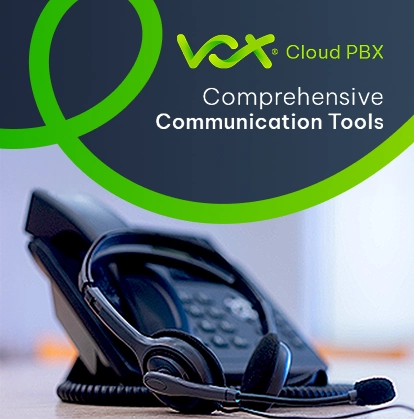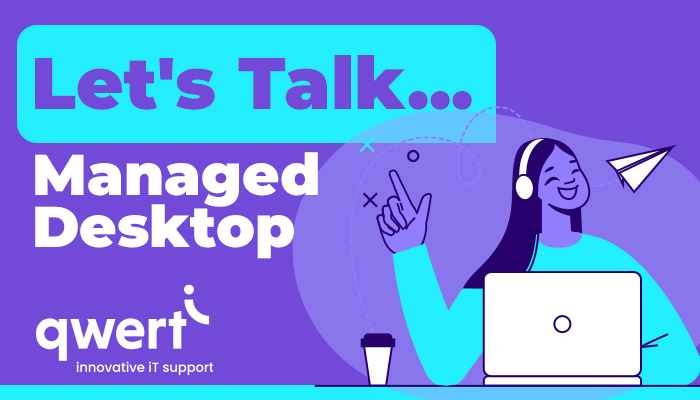What is an organisation without customers? For many (if not all) businesses, particularly within the IT sphere, the end user represents the most critical support area. After all, what good are a range of products and excellent service if you negate to focus on supporting the people who matter most? Any IT Department will attest to this significance, and emphasise that within their brand offering, catering to the needs of their end user represents their highest priority and key deliverable standard.
In the age of remote/hybrid working and a new digital era, user IT problems often mean stagnation and a complete halt on productivity. It’s little surprise either – when your employees are wholly reliant on technology to perform their job functions, even the tiniest obstacle can have long-reaching ramifications and result in vastly reduced efficiency. As such, IT Departments have their hands full ensuring that troubleshooting is done quickly, effectively, and in such a manner that normal service resumes as soon as possible.
Ultimately, the ability to support your end users quickly (and often remotely) is becoming increasingly critical to organisations across the board.
However, this becomes tricky when you factor in the myriad of variables which can ultimately negatively impact the overall user experience. These vary from volatile office and home networks to hardware performance, software configurations, user training (or lack thereof), and digital proficiency. Even the best IT departments can find themselves hampered by one or a combination of the above factors – making their jobs (and the troubleshooting process as a whole) significantly more difficult. This is further compounded by a need for ensuring that all security is watertight (we’re currently in the midst of a Cyber Security Pandemic), maintaining effective backups (in case of emergency) and otherwise maintaining protocols to prevent further damage occurring.
As time goes on, it becomes abundantly clear that managing employee laptops, desktops and hardware is a stress-inducing, time-consuming job – one which your business should not have to lose sleep over due to the complexities involved.
The bottom line is that IT Skills are expensive, with costs usually fixed regardless of your staff contingency. Furthermore, the systems required to support said users are usually based in Dollars (or other foreign currency) which, when converted, can set your business significantly more than you may have intended to spend. Couple this with inflation and a perpetually fluctuating exchange rate, and you could vastly overspend on your IT Infrastructure without even intending to – making the process, from top to bottom, a costly, stressful, pain in the IT.
But what if it didn’t need to be? What if there was a service provider who took care of EVERYTHING whilst still saving your brand money?
Enter Qwerti, which allows you to outsource your Desktop Support whilst potentially saving you in excess of 30% on your current IT costs.
Our Managed Desktop offering provides users with the following:
- Remote and onsite IT support
- Real-time insights as to the performance of both your network and home connectivity.
- Periodic Windows updates so as to stay up to date.
- Antivirus and Anti-Malware
It doesn’t stop there, however. In addition to this, our skilled advisory team ensures that your organisation remains permanently compliant with industry best-practice in terms of performance, security, and redundancy. This leaves you free to focus on your business (and the things that really matter) without having to navigate the hassle that is managing desktop support staff.
We’re able to navigate all the challenges around your business IT on your behalf whilst ensuring you never run over budget. Stay IT Safe and Secure, save big on your expenses, and ensure that you’re able to take your business to new levels without being bogged down by the nitty gritty that is IT management.
Interested? We hope so. Reach out to us or get in touch with your Account Manager today, and let us show you how to reduce your IT support costs.












